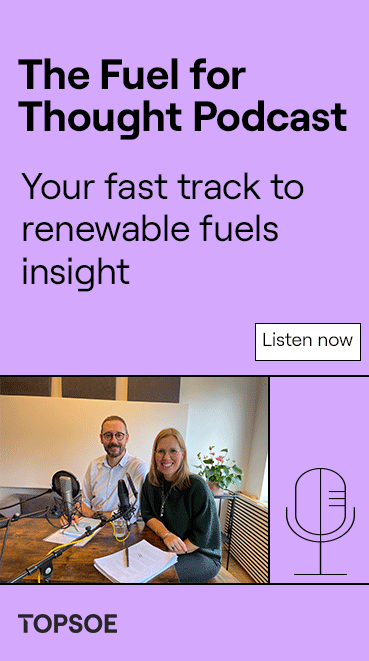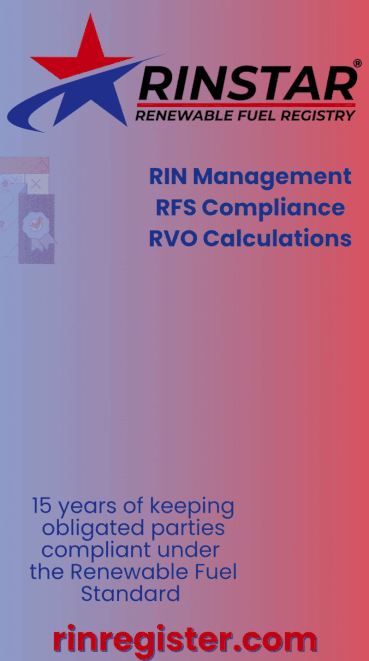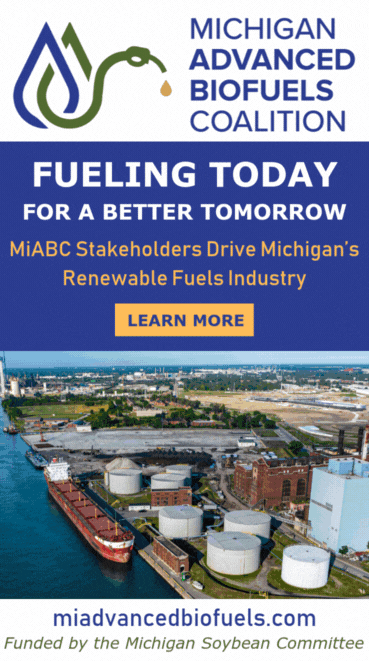FedEx begins use of SAF at Chicago-O’Hare, Miami international airports
- FedEx Corp.
- 2 hours ago
- 3 min read

FedEx announced Nov. 10 that in October the company continued its sustainable aviation fuel (SAF) procurement momentum, beginning to take delivery of blended SAF at two additional U.S. airports for the first time: Chicago-O’Hare Airport and Miami International Airport.
The start of these fuel deliveries in October marked the company’s second and third deployments of blended SAF at a major U.S. airport in six months.
In May, FedEx announced its first major U.S. SAF deployment at Los Angeles International Airport.
“Each executed agreement signals to fuel producers that airlines are willing and eager collaborators to help to scale the SAF market,” said Karen Blanks Ellis, chief sustainability officer and vice president of environmental affairs for FedEx. “The aviation industry still faces a mismatch between available SAF supply and carrier demand, but we are encouraged by the early signs of increased SAF production globally this calendar year.”
At O’Hare, FedEx will receive a blend to include a total of 1 million gallons of neat SAF at a minimum 30 percent blend from Air BP.
With its first fuel delivery in October, FedEx became the first U.S. all-cargo airline to purchase and deploy SAF at Chicago-O’Hare International Airport.
“Existing fuel infrastructure and enabling policy conditions at the state level made sourcing SAF at O’Hare a logical next step in our alternative fuel procurement strategy,” Blanks Ellis added.
At Miami International Airport, FedEx has started to take delivery of around 3 million gallons of blended SAF at a 30 percent blend minimum from AEG.
“With FedEx flights from Miami heading all over Latin America and the Caribbean every day, we are proud to see our Miami hub leading the way in sustainable fuel adoption,” said Luiz R. Vasconcelos, the president of FedEx Latin America and the Caribbean. “This milestone reinforces our commitment and demonstrates to our customers that sustainability is not just a corporate goal—it is a regional priority. From SAF deployment in Miami to the rollout of electric delivery vehicles in countries like Mexico, Colombia, Chile and Brazil, we’re embedding sustainable innovation across our operations and actively contributing to the corporation’s global sustainability strategy.”
Under current fuel standards, neat—or unblended—SAF is mixed with traditional jet fuel before use in an engine.
Blended SAF is a drop in fuel, meaning airlines do not need to make changes to existing aircraft engines or fueling infrastructure to use it.
By 2030, FedEx aims to obtain 30 percent of its fuel supply from alternative sources, on a blended basis.
Deploying SAF is just one component of a broader FedEx aviation-sustainability and fuel-efficiency strategy.
Though the emissions profiles of SAF and traditional jet fuel are similar when burned, the production of SAF can result in up to 80 percent fewer lifecycle emissions compared with the extraction of conventional fuels.
However, this technological reality means that reducing overall fuel consumption and increasing operational efficiency must go hand-in-hand with alternative fuel uptake in order to reach emissions goals as an industry.
Aircraft modernization and other fuel savings initiatives enabled FedEx to avoid the use of 140 million gallons of jet fuel in fiscal-year 2024, resulting in $400 million in savings for the company.
In 2024, FedEx achieved its previous goal of a 30 percent reduction in aircraft-emissions intensity from a 2005 baseline.
Upping its ambition, FedEx has since expanded that goal to target a 40 percent reduction in aircraft-emissions intensity by 2034.































